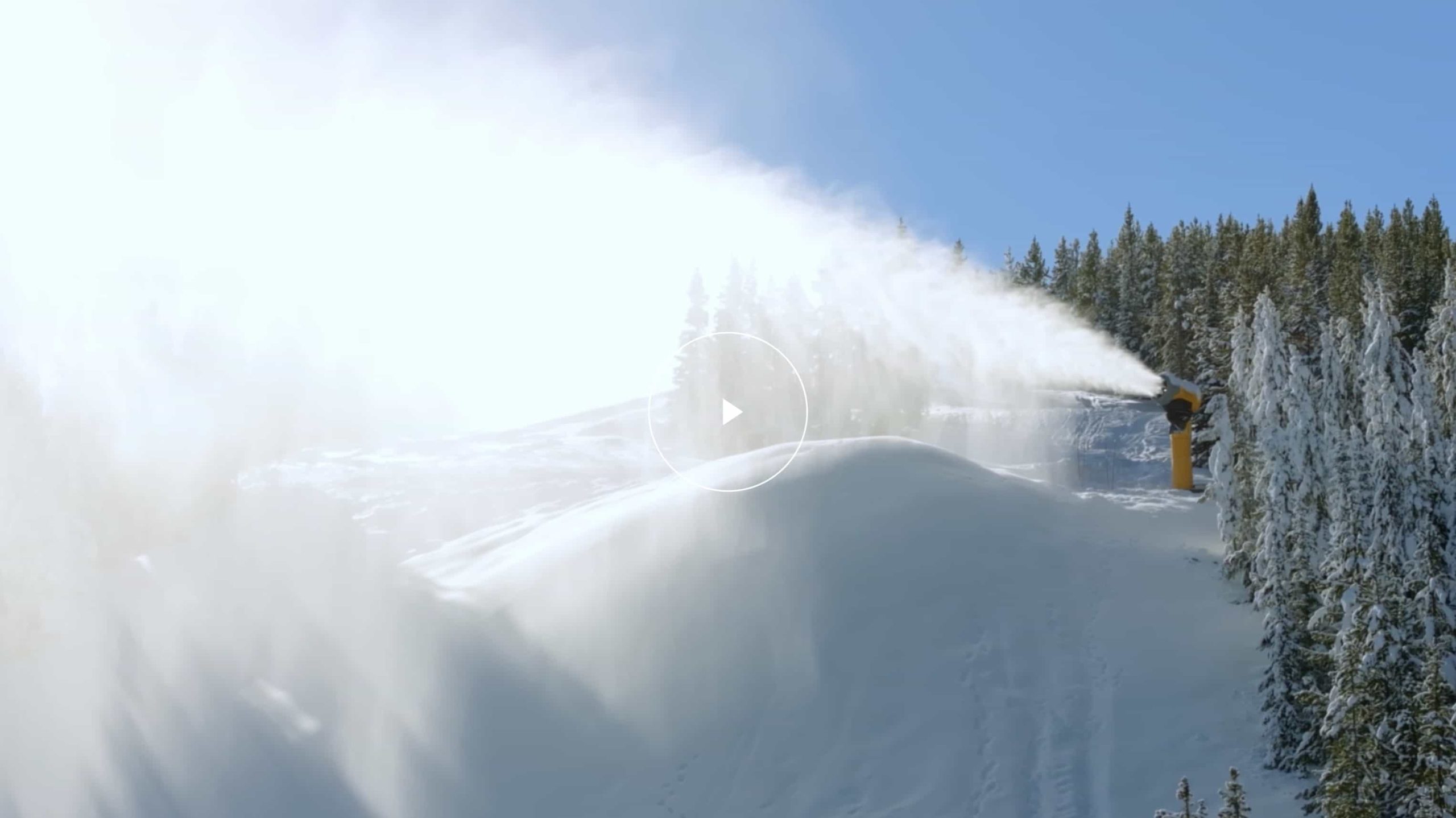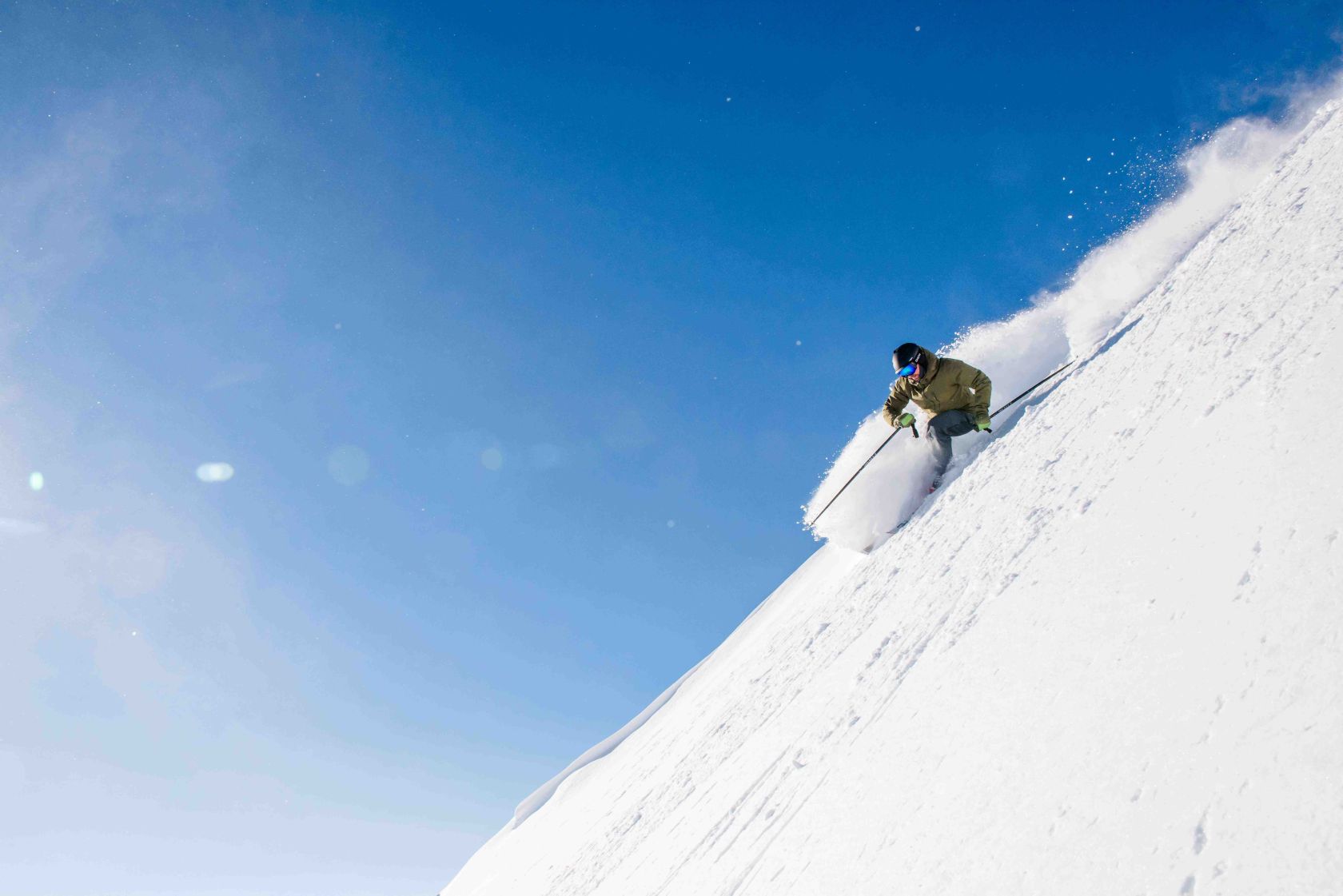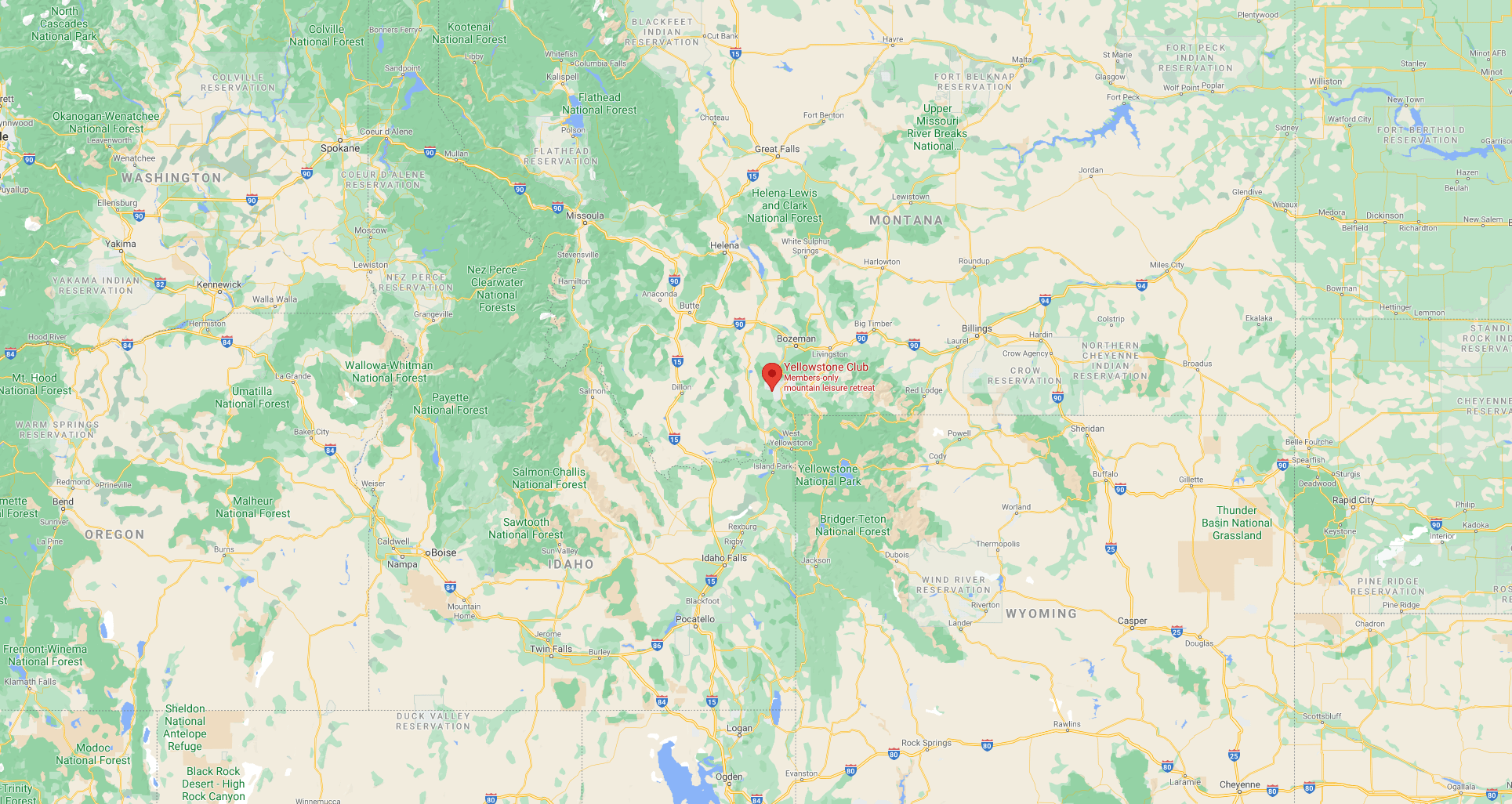
Environmental Groups Applaud Water Conservation Program in Inaugural Season
After a decade of collaboration, study, and scientific review, an effort to use recycled water from the community of Big Sky, Montana, to establish a base layer snowpack kicked off the start of the 2023/2024 ski season. The Montana Department of Environmental Quality (DEQ) approved a permit in 2021 for the Yellowstone Club to use recycled water to increase the base layer snowpack on Eglise Mountain, which will recharge the aquifer and increase late-season coldwater inflows into the Gallatin River during the summer months. The Yellowstone Club is investing over $12 million in this conservation effort. Under the snowmaking operation, 80 percent of the recycled water will come from the broader Big Sky community and 20 percent from the Yellowstone Club.
Trout Unlimited, American Rivers, Greater Yellowstone Coalition, Gallatin River Task Force, theAssociation of Gallatin Agricultural Irrigators, Big Sky Resort, the Big Sky County Water and Sewer District, and others wrote letters of support to DEQ for the water reuse program.
“The benefits of this project are actually an enhancement to the watershed function. It’s an enhancement to water supply, to water quality in the basin. So everybody from skiers to anglers will benefit from this and downstream agriculture benefits at a time where water supply is uncertain.”
– Pat Byorth, Montana Water Director for Trout Unlimited
Water storage and late-season cold water flow have long been problems in the Gallatin Valley watershed. Snow makes up the majority of the source water within the watershed, and the 2017 Montana Climate Assessment predicted even less snowfall as the century progresses, further increasing the late-season water flow problem. Low late-season flow harms fish and other habitats by increasing water temperature and decreasing oxygen and also negatively affects downstream agriculture and recreational water users. By increasing snowpack with reclaimed water, the valley will see increased in-stream flows later in the season. Studies on the Yellowstone Club proposal show this method could equate to a 25-million-gallon net benefit to the aquifer and watershed.
“Water is a precious resource, and instead of using it one time, treating it, and putting it directly in the rivers as most towns and municipalities do, we are reusing this resource and helping recharge the aquifer in the process. We know increased snowpack helps the river systems in the late season. The current dry winter makes this effort especially timely. I have heard from multiple Montana ski areas seeking more information about the program and I expect it will be replicated elsewhere.”
– Rich Chandler, the head of the recycled snowmaking program for the Yellowstone Club
“We are very excited about this snowmaking project. We’ve been involved for over a decade collecting data and all the data points to this water being very beneficial to the water supply of theGallatin River and will ensure that our future generations are able to enjoy the river as we do today.”
– Dr. Kristin Gardner, a hydrologist, and CEO of the Gallatin River Task Force

Timeline of Big Sky Recycled Snowmaking:
• 1997: The Big Sky Water Sewer District initially studied recycled snowmaking.
• 2011: GRTF conducted a pilot study to test the concept of using highly treated recycled water for snowmaking to sustain late-season water flow and subsequently proposed the idea as a community water conservation tool.
• 2012: DEQ adopts additional reuse standards for reclaimed water disposal within their Circular 2 design standards, including snowmaking as one option.
• 2017: GRTF forms the Big Sky Sustainable Water Solutions Forum, which includes 35 community and agency stakeholders, to become a water conservation model for other Western mountain communities. The Forum determines that snowmaking with reclaimed water is a reuse priority for the Big Sky community to extend seasonable snowpack and slow water movement through the watershed to enhance aquifer storage for downstream users.
• 2020: In March, the Yellowstone Club applies for a permit to start a recycled snowmaking program.
• 2021: One year later, following a robust public comment period, DEQ issues an initial draft permit notice.
• 2021: After receiving an “outpouring of support letters for this initiative from environmental groups, individuals and businesses,” DEQ issues a final permit to the Yellowstone Club to make base layer snow on Eglise Mountain using reclaimed water from the Town of Big Sky.
• 2023: The Yellowstone Club begins the first year of the recycled snowmaking program for the 2023/2024 ski season.
Currently, recycled water is reused to irrigate Montana and Mountain West golf courses. Land application of recycled water provides nutrients for vegetative and microbe uptake. The snowmaking program further expands Big Sky’s commitment toward water reuse by being Montana’s largest zero direct discharge community.
The U.S. Environmental Protection Agency added snowmaking as a viable reclaimed water reuse option in its 2012 Guidelines for Water Reuse. There are currently at least 12 ski resorts in eight states that use recycled water for snowmaking and operations in Canada, Switzerland, and Australia.
DEQ is the regulatory agency that oversees all reclaimed water use in Montana, and its regulations require snowmaking with reclaimed water to utilize the highest standards recognized for public and environmental health. Snowmaking with recycled water as a state-regulated process carries much higher standards than traditional snowmaking practices used by most ski areas.
